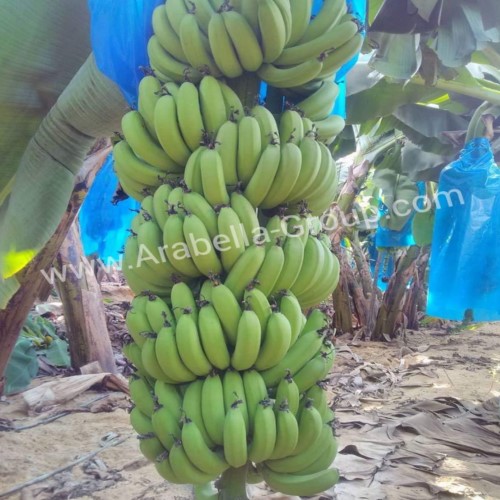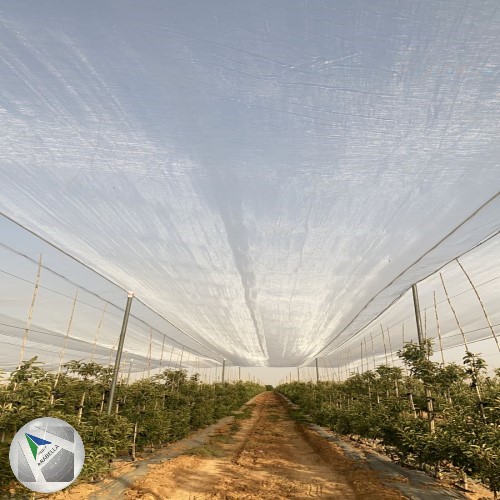
Our experiences and products support your projects at the highest level

Our experiences and products support your projects at the highest level

Our experiences and products support your projects at the highest level

Our experiences and products support your projects at the highest level

Our experiences and products support your projects at the highest level
Greenhouses
Is a structure with walls and roof made chiefly of transparent material. The role of a greenhouse is dictated by the climate it’s located in and the crop it’s growing. By understanding your goals , we can take you from plan to profit in designing your greenhouse . Our team begins with an analysis of the project site . With that data , we can develop a customized solution and begin the engineering and manufacturing process. We supervise the construction process , and train your local staff offering agronomic education and support. Greenhouses are divided into several types: 1. Traditional greenhouses. 2. Side stand -mini greenhouses. 3. Multi-span greenhouses. 4. Nursery.
- Agricultural
Cover Films
Greenhouses and high tunnels are structures covered with a solar ray-transmitting film. The structure provides physical protection of the crops against winds, rain, snow and other natural hazards. It also enables interior climate control. The better the climate control inside the structure, and the better the conditions within, the better the quality of the resulting crop will be. Growing inside climate-controlled greenhouses enables production and a supply of vegetables year round – high quality vegetables at reduced use of pesticides. The types of cover films greenhouses:- UVA Cover Films . IR Cover Films . Plastic for farm ponds . Sun cover films . Sun therm cover films . Drip lock cover films . Sun saver cover films .
- Agricultural
Nets
Nets are made of stabilized polyethylene filaments. They are woven with suitable mesh-size to prevent infiltration of pests such as the tobacco moths, thrips, leaf-aphids and leaf-miners, which reduce the crop quality and quantity, Using the appropriate mesh decrease spraying.The benefits of using net :1. Saving water by 35-40%.2. Provide shade ratio for the crop.3. Reducing the rate of evaporation.4. Protection of the crop from birds and insects.5. Protecting the crop from hail .6. Protecting the crop from the wind, which contributes to maintaining the number of flowers and not falling out.7. Improving the growth and quality of the crop.8. Amending the climatic conditions surrounding some crops.9. Solve the problem of wastage
- Agricultural
Irrigation System
Modern irrigation systems: Are those systems that are used to irrigate lands . These systems include sprinkler irrigation system , drip irrigation system and there accessories , Fog system and Mist system. Sprinkler irrigation is used to irrigate desert areas with sandy land, which cannot retain water for a long time . In this system, irrigation water is added in the form of water droplets directly below the plants, and under low pressure through a special irrigation network that ends with points for the exit of irrigation water from it in this way. Irrigation with this system is carried out at short intervals and in limited quantities, and at long or short periods depending on the stage of plant growth and its growing season (winter crop or summer crop).
- Agricultural
Greenhouses Systems
The more accurately you can control your greenhouse, the better your crop grows. We understand that managing all aspects of crop growth can be a challenge. We can help you link and control all the processes and systems in your business; allowing your plants to grow perfectly, just like your business. Greenhouse Systems allow to control the weather inside using Cooling, Heating and Ventilation Systems. So that the temperature index can adapt to the growth and development needs of plants. Letting you achieve the optimal crop growth is what we do at Arabella. Creating a climate for growth is what drives us. We understand that the better your processes are handled, the more your crop, your greenhouse and your business can benefit.
- Agricultural
Types of Soilless Systems
The hydroponic system is a production method where plants are a nutrient solution and in soilless , and during the past years a number of variations of this platform have been developed, and although it is possible to use hydroponics In overseas fields, however, most of the production today is found in greenhouses. Hydroponic Systems has systems specifically designed so that vegetable crops grow in the most optimal and efficient way possible. Our various systems adapt perfectly to different crops such as tomato, pepper, cucumber, zucchini, eggplant, etc. and their varieties, achieving the best quality, production and saving of water and phytosanitary consumption. Soilless culture systems are classified
- Agricultural
Soilless Media
Even with the healthiest of soils, dirt is still prone to carrying harmful bacteria and fungi. Soilless growing mediums, on the other hand, are usually cleaner and considered sterile. Some of the most common soilless growing mediums include peat moss, perlite, vermiculite, and sand. Generally, these mediums are mixed together rather than used alone, as each usually provides its own function. Fertilizers are also commonly added to the mix, providing important nutrients. The physical properties of soilless media comprise bulk density, particle size distribution, porosity, and pore distribution. Following this, the study describes water content and water potential in soilless media as another physical characteristic
- Agricultural
Accessories
As a leading specialist in horticulture and greenhouse supply, we dedicate ourselves to providing you with innovative trellising solutions inspired by the most advanced agro-technology methods. Developed in close partnership with growers all over the world, our range of greenhouse accessories, specializes in vegetable crops. We offer a large selection of greenhouse and nurseries accessories for variety of crops: clips, hooks, truss arches and truss support, twines, net connectors, plant protector and more. Our accessories are known for: Ongoing crop protection from the weather and any external threats. Quick and efficient installation for all types of nets. Reliability and top quality. Durability and anti UV.
- Agricultural
Water desalination
Water desalination are used for a variety of needs in today’s agricultural market and drinking water industry, such as: wastewater treatment for irrigation and industry, treatment for decreasing salinity of irrigation water, desalination, water reuse and mobile solar water filtration and treatment systems. Desalination is a process that takes away mineral components from saline water. More generally, desalination refers to the removal of salts and minerals from a water, as in soil desalination, which is an issue for agriculture. Saltwater is desalinated to produce water suitable for human consumption or irrigation. The by-product of the desalination process is brine. Most interest in desalination is focused on cost-effective.
- Agricultural
Farm ponds
The tank is made of galvanized iron and its thickness is determined according to the capacity of the tank, in the form of panels that are gathered by galvanized screws. The tank is provided from the inside with a leather dress to keep the water inside, and between the iron of the tank and the inner house there is a separating material between them to protect the inner house from the heat of the tank. They are farm ponds for storing water, made of galvanized steel from the outside . Uses of farm ponds are: 1. Water storage 2. Fish culturing . 3. Water desalination . The leather dress is Water-saving, non-toxic, anti-bacterial, maintainable at any time. The net is sun-resistant. Center column: The column is installed in the middle.
- Agricultural
Fish Farming
Fish farming is the development or raising of aquatic organisms, whether plants or animals, in aquatic farms that can be obtained under appropriate environmental conditions. The objective of fish farming is to increase fish production in abundance, diversify sources of income and increase employment opportunities. Fish culturing involves commercial breeding of fish, usually for food, in fish tanks or artificial enclosures. It is a particular type of aquaculture, which is the controlled cultivation and harvesting of aquatic animals such as fish, crustaceans and so on, in natural or pseudo-natural environment. A facility that releases juvenile fish into the wild for recreational fishing is referred to as a fish hatchery.
- Agricultural
Aquaponic system
Aquaponics is a method of food production that integrates aquaculture with hydroponics. This symbiotic relationship facilitates a sustainable system with little input necessary. Good bacteria builds up, which then converts the toxins produced from fish waste into nutrients used by plants. By absorbing these nutrients, the plants filter the water, giving the fish a livable environment. This cycle helps keep the tank in good shape for both fish and plants. Producing food with this method is about as organic as you can get. With this set up, there is no need for fertilizer because the fish waste is all that is necessary for the plants to grow. Herbicides also are not needed because there is no soil used to grow the plants.
- Agricultural
Motors
An electric motor is an electrical machine that converts electrical energy into mechanical energy. Most electric motors operate through the interaction between the motor's magnetic field and electric current in a wire winding to generate force in the form of torque applied on the motor's shaft . An electric generator is mechanically identical to an electric motor, but operates with a reversed flow of power, converting mechanical energy into electrical energy. Electric motors can be powered by direct current (DC) sources, or by alternating current (AC) sources, such as a power grid, inverters or electrical generators. Electric motors may be classified by power source type, construction, application and type of motion output.
- Agricultural
Agricultural Machines
The basic technology of agricultural machines has changed little in the last century. Though modern harvesters and planters may do a better job or be slightly tweaked from their predecessors. The field of agriculture and nursery machinery. Agricultural machinery relates to the mechanical structures and devices used in farming or other agriculture. Diverse arrays of equipment are used in both organic and nonorganic farming. Especially since the advent of mechanized agriculture, agricultural machinery is an indispensable part of how the world is fed. We are proud when we can see the result of our work in the hundreds of machines that work all over the world . For this reason, we try to continue in our effort
- Agricultural
Fertilizers and Pesticides
A fertilizer is any material of natural or synthetic origin that is applied to soil or to plant tissues to supply plant nutrients to enhance the natural fertility of the soil or replace chemical elements taken from the soil by previous crops. Soil fertility is the quality of a soil that enables it to provide compounds in adequate amounts and proper balance to promote growth of plants. Pesticides are substances that are meant to control pests. In general, a pesticide is a chemical or biological agent that deters, incapacitates, kills, or otherwise discourages pests. Target pests can include insects, plant pathogens, weeds and nematodes, and microbes that destroy property, cause nuisance, or spread disease. NOT AVAILABLE NOW
- Agricultural
Integrated pest management
Integrated Pest Management (IPM) is an effective and environmentally sensitive approach to pest management that relies on a combination of common-sense practices. IPM programs use current, comprehensive information on the life cycles of pests and their interaction with the environment. This information, in combination with available pest control methods, is used to manage pest damage by the most economical means, and with the least possible hazard to people, property, and the environment. The IPM approach can be applied to both agricultural and non-agricultural settings, such as the home, garden, and workplace. IPM takes advantage of all appropriate pest management options. NOT AVAILABLE NOW
- Agricultural
Packing system
Packaging is the science, art and technology of enclosing or protecting products for distribution, storage, sale, and use. Packaging also refers to the process of designing, evaluating, and producing packages. Packaging can be described as a coordinated system of preparing goods for transport, warehousing, logistics, sale, and end use. The ventilated wall crates are perfect for storing agricultural produce in refrigeration rooms and excellent for ripening processes. Net bags are a beneficial solution for the air needed goods such as onion and garlic. solid cardboard packaging has proven itself a sustainable alternative to plastic, it is made up of fibers that are pressed together very tightly.
- Agricultural
Poultry
The poultry automation systems give you complete control of all the processes in your poultry houses. A complete, customized system for trouble-free operation. We put your animals at the center of the equation and create the optimal environment for growth. Your immediate benefits are: 1- Better performances and higher returns. 2- Reduced burden on the environment, 3- Best conditions for your animals. The poultry has a lot of different systems that can help you have a complete grip in your automated poultry house. Our Poultry System is a full-featured Software with a user-friendly user interface, which allows you to manage your Poultry Graphically efficiently. for intensive poultry farming is using battery cages.
- Agricultural
Subsurface Irrigation
Subsurface irrigation uses a network of polyethylene pipes located just under the ground's surface to apply disinfected effluent in the root zone of plants, preventing airborne drift and minimizing runoff. Note that effluent that has not been disinfected, such as from septic tanks and most wet composting toilets, must be disposed of below the soil (at least 300 millimeters deep). Subsurface irrigation requires less maintenance than surface irrigation, and there is also less chance of surface saturation and effluent runoff. By reducing the chance of human contact, it also significantly reduces the public health risks. it is a low-pressure, high efficiency irrigation system that uses buried drip tubes or drip tape to meet crop water needs.
- Agricultural
Artificial light
In agriculture, the use of artificial lighting seeks to provide a source of light that is similar to sun light. With the innovation of technology, LEDs lights has been the ideal solution for horticultural lighting, especially those ones with customized built spectra. LEDs light marks an advantage in terms of environmental and production efficiency in comparison with traditional used lights (HPS, fluorescents). a LED solutions delivers best efficiency and durability for indoor, greenhouse and hybrid growing environments. enable optimal lighting based on specific crop requirements and growing conditions to increase crop yield and quality, lower costs, and enhance profitability, nothing is more important than a light,
- Agricultural
Deep Seepage Irrigation
It is an irrigation system that saves water by 65 to 70%. It resists weeds, the pore size is narrow to prevent any impurities from entering, and it has high porosity. It is also resistant to high temperatures and works at low pressure of up to 0.5 bar. - Easy to use and maintain when needed. It has a unified structure that controls humidity. The separation efficiency is high, it reduces the evaporation rate, regulates the irrigation process, and can be used above and below ground. It has a strong ability to combat germs and does not interact with microorganisms. It is also resistant to corrosion from acids and alkalis, and resistant to oxidation.
- Agricultural
Our Services
Our Services
Service 6
Development and finding solutions.
Service 5
Consultations by our experts.
Service 4
Preparing feasibility studies for projects.
Service 3
Especially everything related to irrigation systems, including installation, maintenance and supply.
Service 2
Supplying all materials and equipment related to agricultural projects of all kinds, animal and plant.
Service 1
Implementation of integrated agricultural projects with the latest technologies.





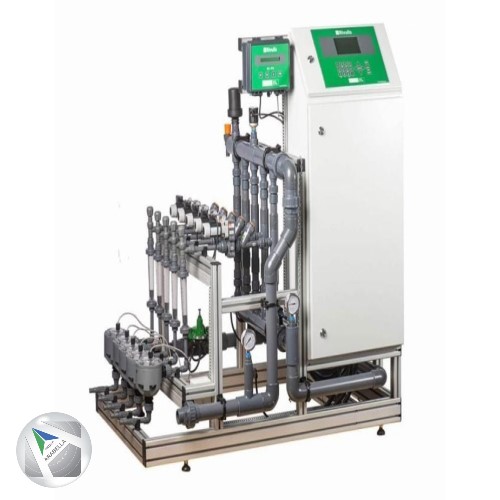


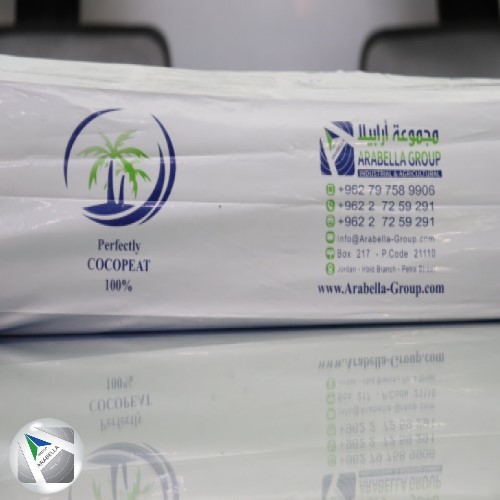
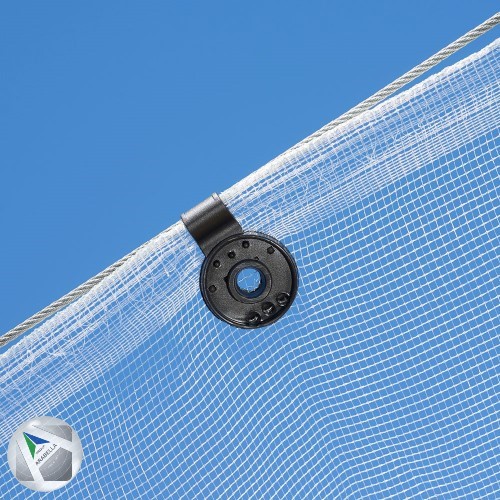


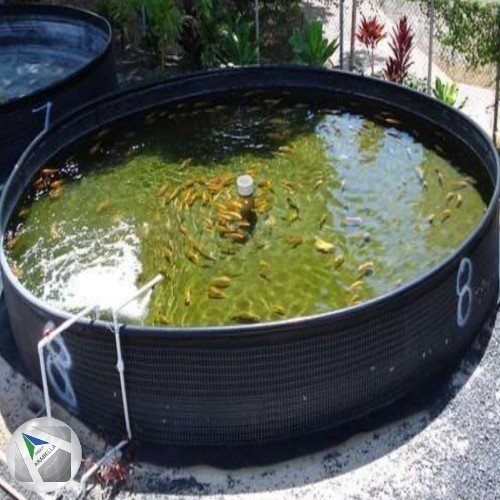

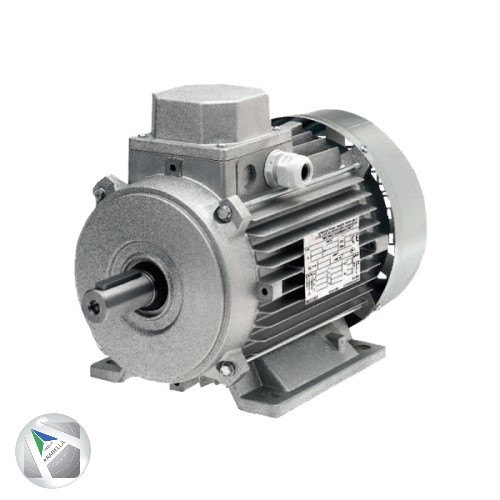
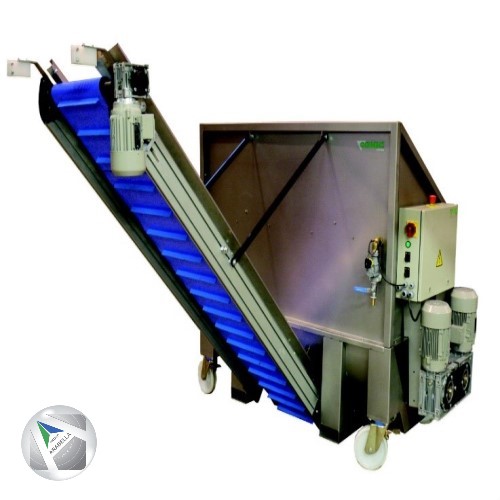
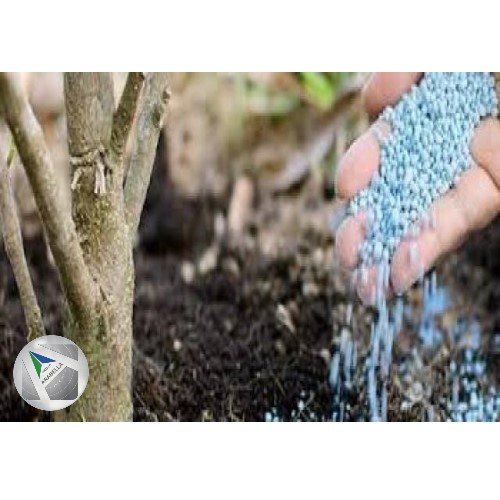

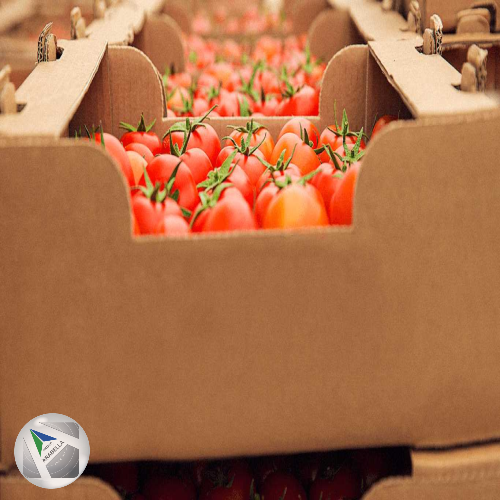
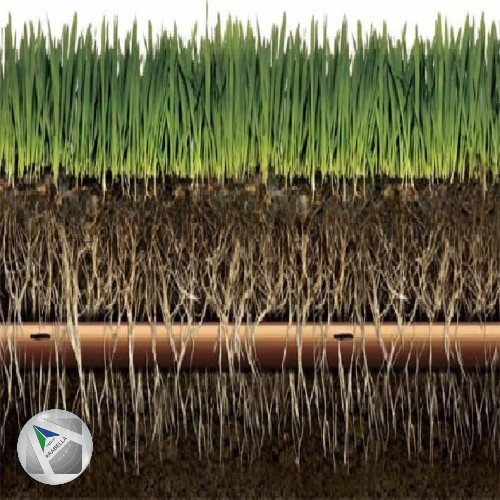
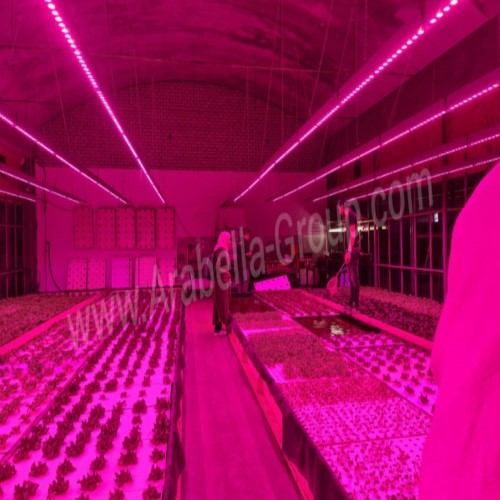

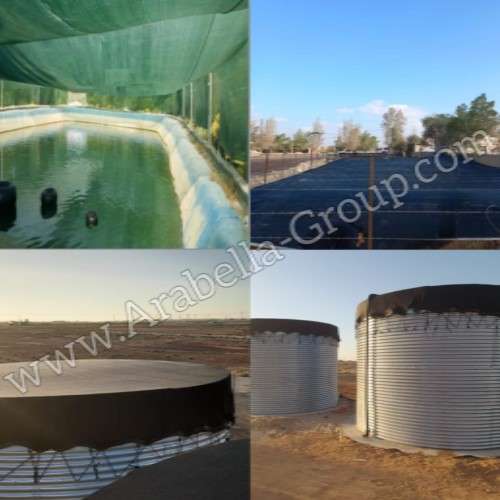
.jpg)

